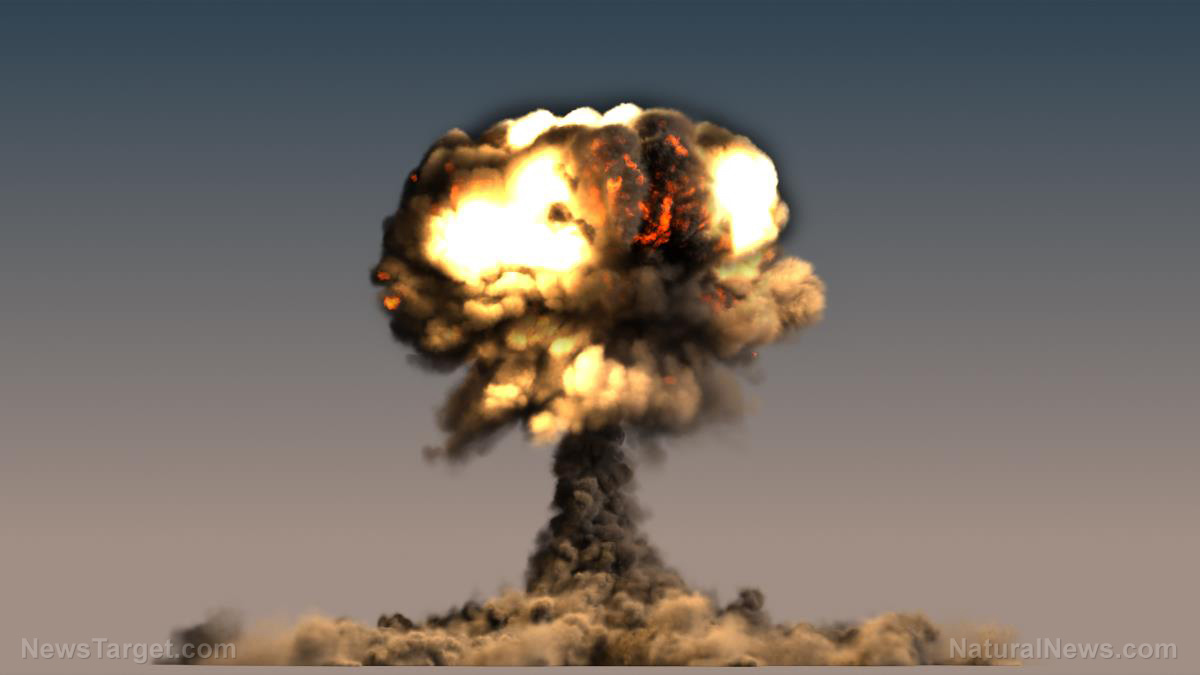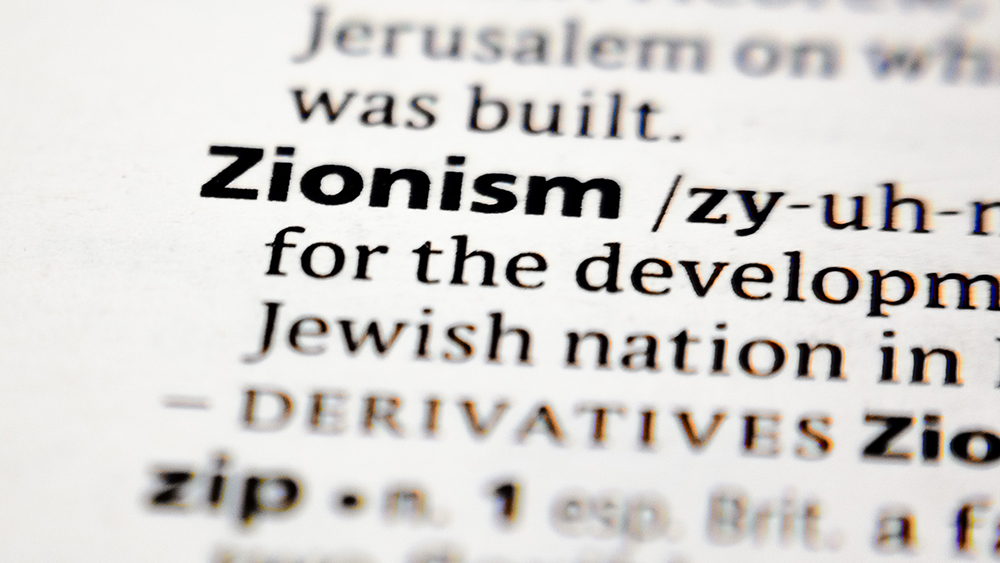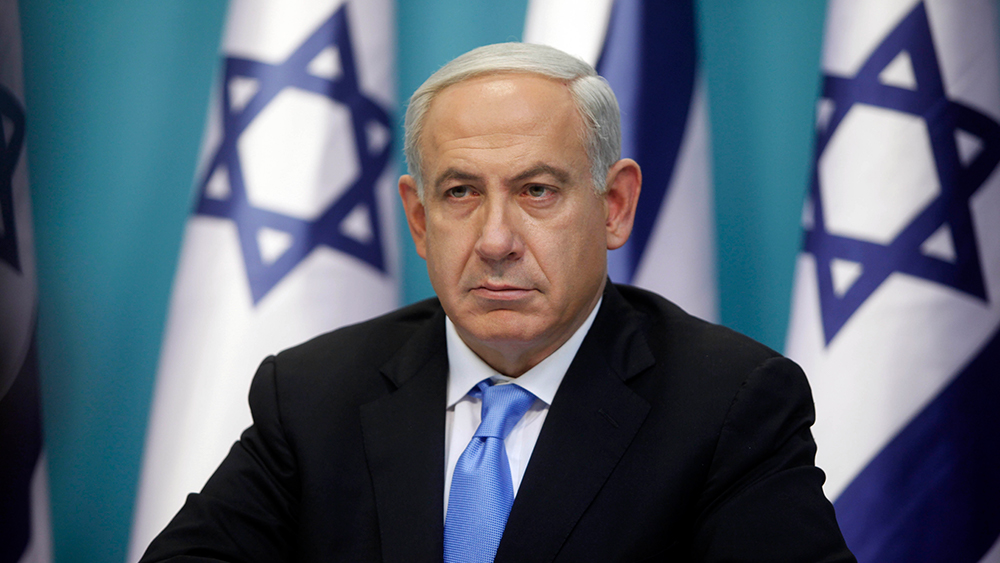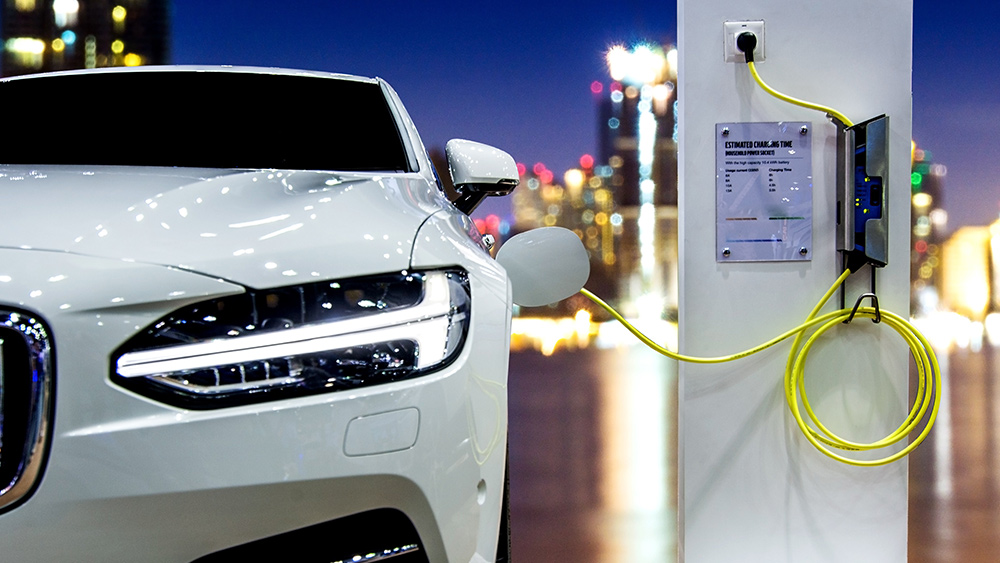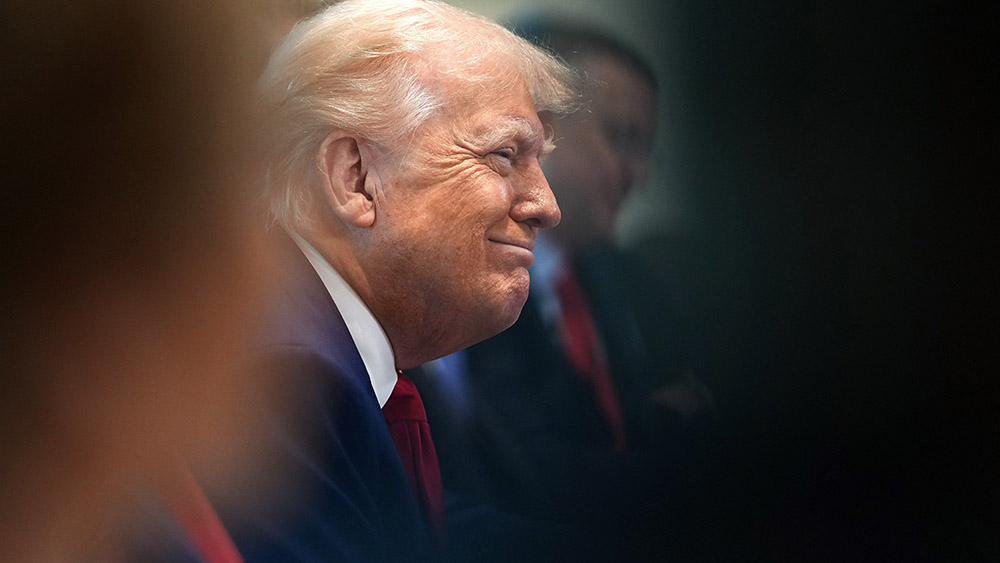International energy imbalance: Rising renewable investments spark affordability, reliability concerns
06/29/2025 / By Willow Tohi
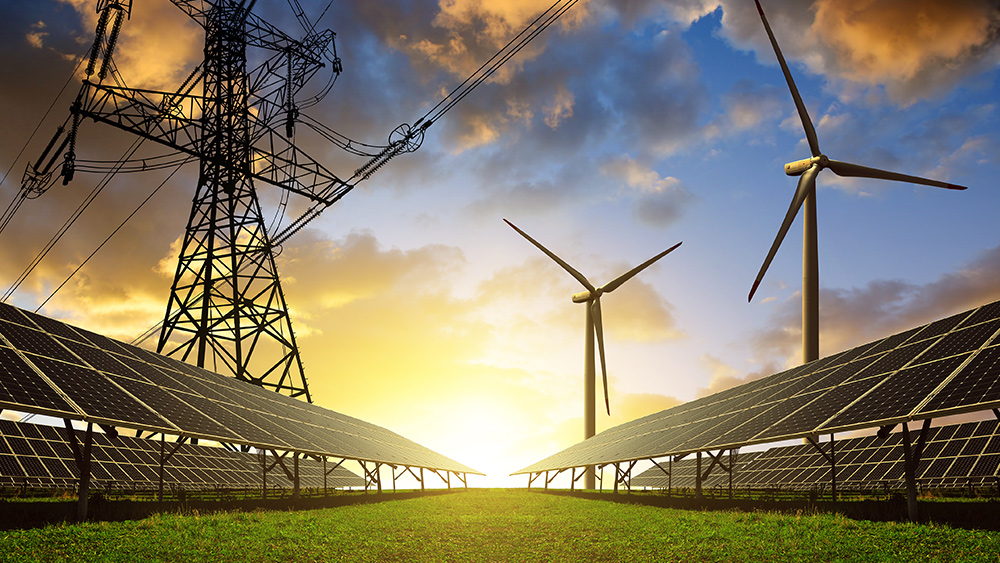
- Global investment in wind/solar is 7x higher per energy unit than coal, gas and nuclear combined, per IEA’s 2025 report.
- Oil, coal and gas investments fell to 33% of total energy spending in 2025—down from 55% a decade ago—despite supplying 80% of the world’s energy.
- Renewable energy sectors like solar are losing billions due to overproduction and subsidies, raising concerns about taxpayer costs.
- China added 100 GW of coal plants in 2024 and India 15 GW, signaling a resurgence in coal to meet rising energy demand.
- Analysts warn energy security risks intensify as investments lag in grid reliability and fossil fuel infrastructure.
The International Energy Agency (IEA)’s 2025 World Energy Investment report has sparked alarm over a stark imbalance in global energy spending, with renewable sources like wind and solar receiving far more funding per unit of energy produced than traditional fuels. Guest analyst Lars Schernikau, author of “The Unpopular Truth about Electricity and Energy,” warns that the prioritization of wind and solar—coupled with reduced investment in coal, gas and nuclear—risks energy shortages, higher costs and grid instability. With developing nations like China and India expanding coal plants to meet surging demand, the findings underscore an urgent need for a balanced energy strategy.
Wind and solar growth masks profits failure
The report reveals that global investment in wind and solar now totals seven times more per terawatt-hour (TWh) of energy generated than coal, gas, nuclear and hydro combined. Despite this spending surge, profitability remains elusive. Solar manufacturers, particularly in China, are hemorrhaging billions as price competition drives costs below production expenses. Analysts note “wind and solar race to the bottom,” with utilities struggling to secure stable returns amid volatile energy output and post-subsidy declines.
The solar industry’s struggles highlight an often-overlooked reality: wind and solar subsidies, primarily taxpayer-funded incentives, mask true costs. Meanwhile, hidden expenses for grid upgrades, storage and backup power further burden systems. As Schernikau notes, “A dollar in gas yields far more usable energy than solar—a truth obscured by myopic emphasis on ‘investment growth.’”
Investment decline in reliable energy sources fuels shortsightedness
The shift toward renewables has come at a cost: oil, coal and gas—sources still supplying 80% of global energy—now command just 33% of energy investment, down from 55% in 2015. Total energy spending as a share of GDP has also declined, falling from 3.6% in 2015 to 2.9% today, even as demand for electricity skyrockets due to AI data centers and electric vehicles.
This “decarbonization myopia,” Schernikau argues, undermines energy security. With fewer refineries and geographically concentrated supply chains for critical minerals, disruptions loom: Asia is reconsidering LNG strategies, citing skyrocketing costs, while Vietnam and Bangladesh expand coal use. “Countries won’t sacrifice growth for unreliable energy,” Schernikau says.
Asia’s fossil fuel rebound signals systemic challenges
China, the world’s largest energy investor, is at the center of fossil fuel’s resurgence. It approved 100 gigawatts of new coal plants in 2024, while India added 15GW, reversing climate pledges and underscoring Asia’s reliance on affordable, reliable power. India’s Prime Minister Narendra Modi recently stated climate goals must “co-exist with industrialization.”
The IEA attributes increased coal demand to economic pragmatism, as renewables alone cannot meet base-load needs. Vietnam’s 2024 coal generation rose by 14%, supplying nearly half its electricity—a stark contrast to Western decarbonization narratives.
From oil security to climate-driven shifts
The IEA’s trajectory tracks global energy politics. Born from 1970s oil crises, its mission once centered on fossil fuel security. By 2021, its Net Zero by 2050 report pivoted toward phasing out fossil fuels, drawing criticism from energy security advocates. Schernikau contends this reversal ignored lessons from the 2015 World Energy Outlook, which underestimated system-wide costs of renewables integration and overcounted their scalability.
European nations now feel the fallout. Germany’s energy bills remain high after aggressive solar/wind adoption, while Spain battles grid instability. As Schernikau notes, “Hydropower dams lose subsidies…Wind farms fail on murky days. The numbers tell us real energy transitions need realism.”
A call for energy pragmatism
The IEA’s 2025 report signals a pivotal moment for energy policy. With renewable sectors bleeding money and coal digging in as a low-cost option, Schernikau urges a course correction: balance investment between renewables, storage and dispatchable energy. Failure risks prolonged energy insecurity and economic stagnation.
As China’s coal expansion and India’s grid reliability push illustrate, no nation can decarbonize at the speed of climate models without compromising growth. “The energy equation demands honesty,” Schernikau concludes. “Until we invest in solutions that power GDP, not just ESG reports, these imbalances will constrain us all.”
World leaders now face a choice: double down on an uncompetitive path or embrace a diversified future where renewables and traditional energy coexist. The lights remain on—for now. The bill, however, may soon come due.
Sources for this article include:
Submit a correction >>
Tagged Under:
China, climate change, coal, electricity, energy freedom, energy supply, fossil fuel, gas, Green New Deal, green tyranny, grid instability, oil, power, power grid, renewables, solar energy, wind energy
This article may contain statements that reflect the opinion of the author
RECENT NEWS & ARTICLES
COPYRIGHT © 2017 INSANITY NEWS

